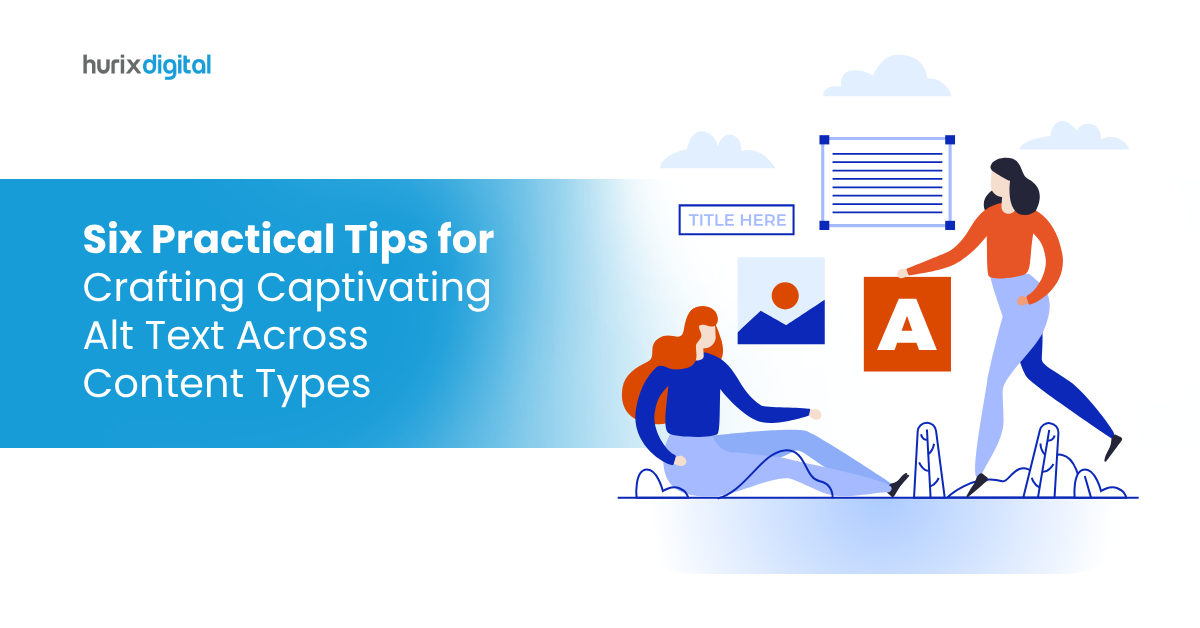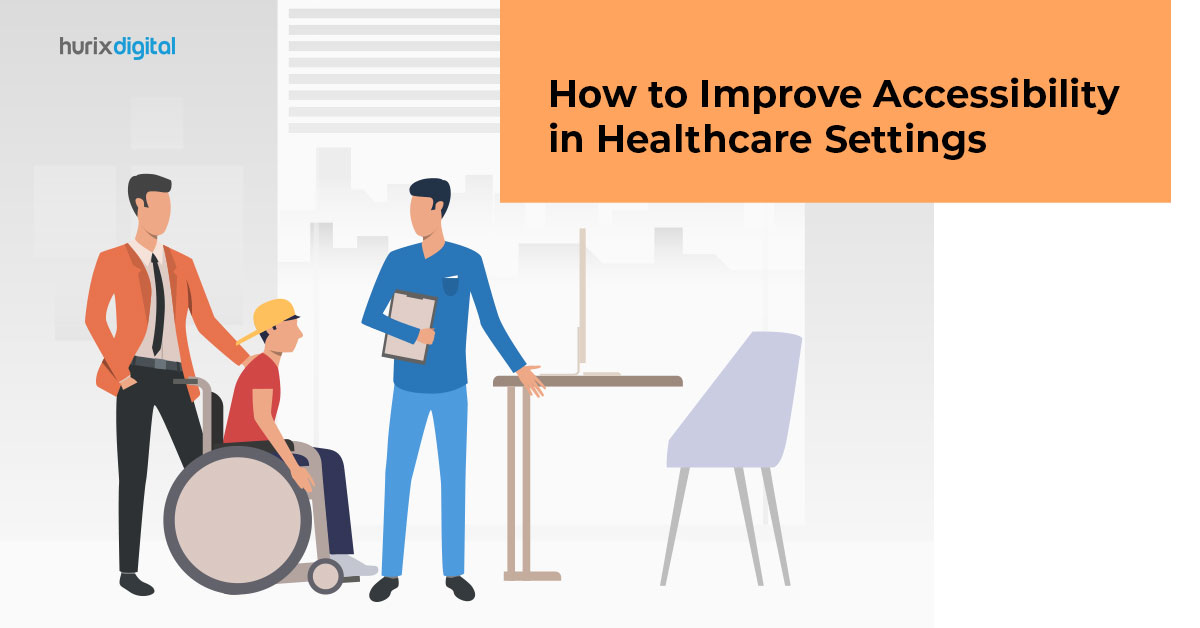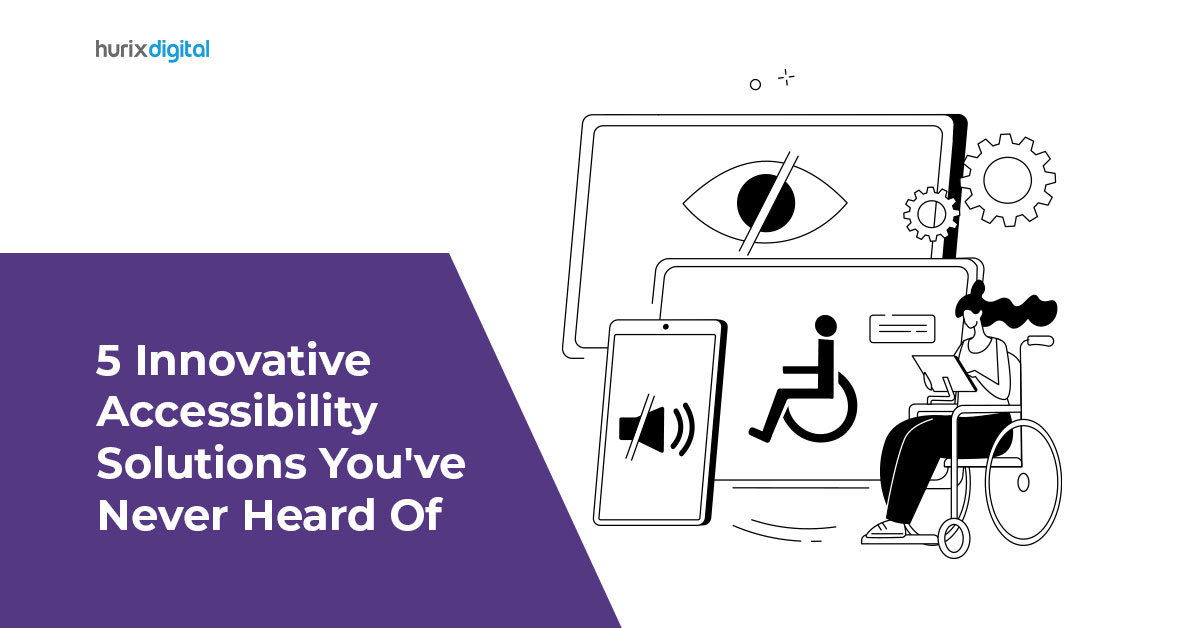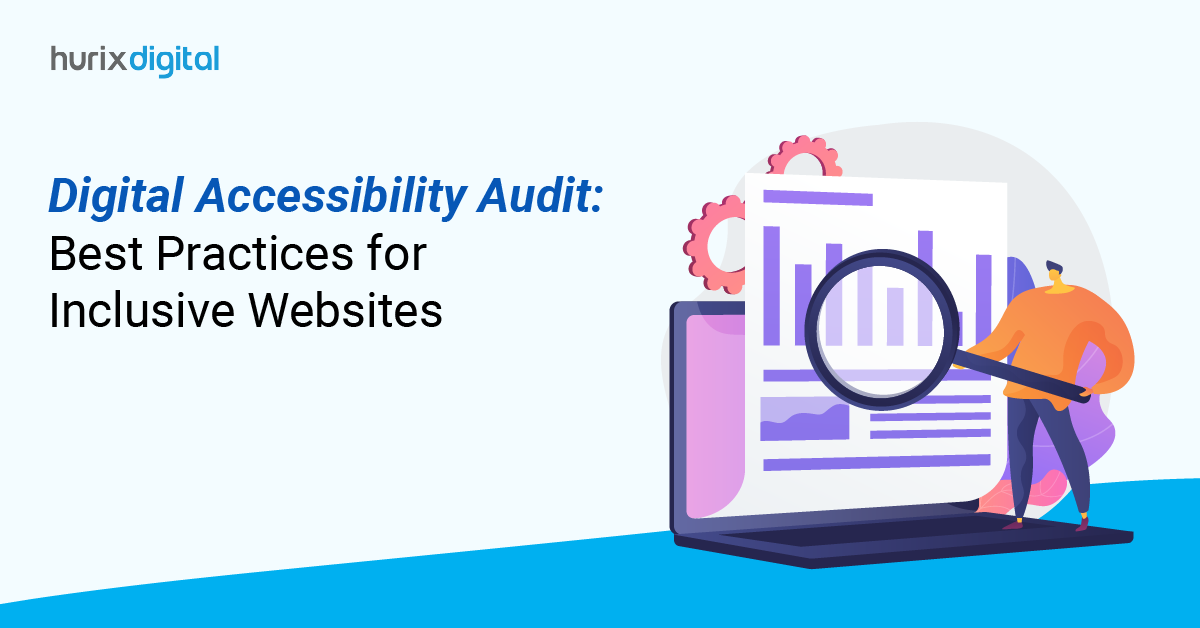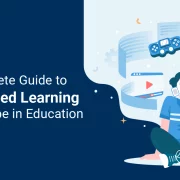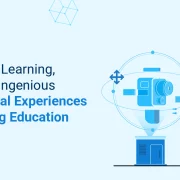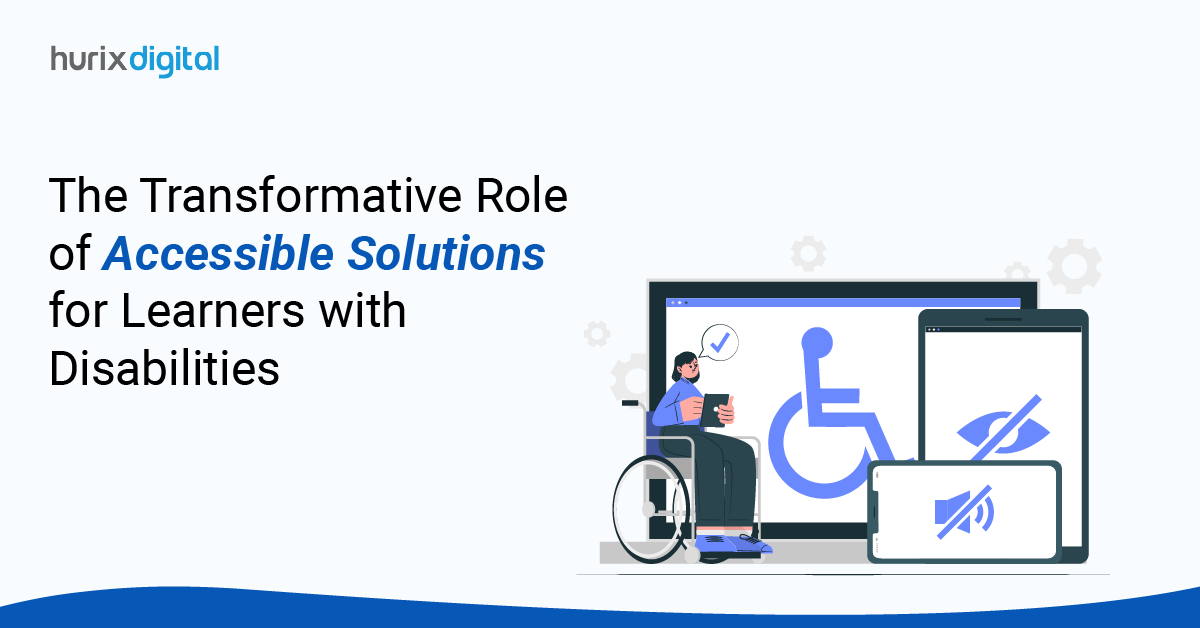
The Transformative Role of Accessible Solutions for Learners with Disabilities
Summary
This blog discusses how educational institutions can adopt accessibility solutions to create inclusive learning environments, attract diverse learners, boost enrollment, comply with disability laws, and build a reputation.
The right to a quality education is a common aspiration among learners today. However, while universities have invested significant resources in this mission, many have fallen behind in serving one demographic: learners with disabilities.
As of 2023, the United States had over 7.2 million students with disabilities. Yet, despite the passage of a federal act in 1975, the Individuals With Disabilities Education Act (IDEA), students with disabilities applying to universities face challenges due to a lack of accessible infrastructure and an inclusive learning environment.
In this scenario, technology can be a game-changer. By adopting accessible solutions, colleges and universities can reduce barriers for learners with disabilities. As a result, they can attract this demographic of students, improve enrollments, and build an inclusive learning culture. Let’s understand what this process entails.
Table of Contents:
- What are Accessibility Solutions?
- Steps to Implement Accessibility Solutions Effectively
- Long-Term Impact Of Building Inclusive Learning Environments
- Final Words
What are Accessibility Solutions?
Today, accessibility software is helping to make many domains more accessible to people with disabilities—from travel and communications to healthcare and education. Educational institutions, for instance, can harness the power of accessibility software to build inclusive learning ecosystems.
By introducing inclusive learning systems Institutions can attract more students with disabilities to enroll at the institute. They can also introduce online courses that can appeal to a larger demographic of students with disabilities across the world.
With the demand for accessible solutions growing, the market value of digital accessibility software is estimated to reach $ 0.75 billion in 2024 and $ 1.01 billion by 2029. Organizations that upgrade their ecosystems, products, and services to be accessible will, early on, have a competitive edge going forward.
Also Read: Ensuring Accessibility Compliance for Publications in 2024
Steps to Implement Accessibility Solutions Effectively
Educational institutions must follow this structured process when making the shift to an inclusive learning environment.
Here’s a playbook to turn an inclusive vision into reality:
1. Conduct a Comprehensive Accessibility Audit
The first step for universities is to understand where they stand on the accessibility spectrum. They need to conduct a comprehensive, professional audit of all web-related resources, accessible to learners.
Here are the four pillars for a successful accessibility audit:
- Organizations can invite per spectrum of students with disabilities to review all the existing digital resources. This valuable feedback can be converted into data-driven insights into the gaps and needs of learners.
- Today, the market offers many tools and technologies that enable comprehensive and effective testing of all digital products. The institute’s websites, apps, and the institutes’s digital library of resources, must undergo comprehensive accessibility checks.
- Institutions may not have the experts used to conduct audits professionally. There is merit in partnering with experts in accessibility solutions.
- Accessibility audits cannot be a one-time process. They need to be conducted regularly, especially as institutions as new resources.
2. Identify Accessibility Gaps
The results of the accessibility audit must be translated into a comprehensive report of where the gaps in accessibility lie. Institutions must be able to pinpoint exactly how these gaps affect students with diverse disabilities. The range of disabilities comprises visual, hearing, cognitive, intellectual, motor, and learning challenges.
3. Build an Inclusive Curriculum & Accessible Learning Resources
Traditional curricula do not account for the needs of learners with disability. The lecture-style learning system, along with physical textbooks, leaves out this entire demographic of students.
Organizations must work towards bridging the gaps through the introduction of digital resources that are powered by accessibility solutions. For instance, students with disabilities must have access to a fully accessible digital library of on-demand resources. For example, they must come with features such as video captions, read-aloud audio, and alternate text for non-text content such as images.
4. Train and Equip Educators with the Right Tools
Educators, who form the backbone of educational institutions, must have access to structured training around the need for and usage of inclusive learning environments.
For example, they must be sensitized to the needs of students with disabilities and the gaps and their impact on students in the existing system. They must also have training on how to use accessible learning systems to generate inclusive content that can power engagement for all students.
5. Nurture a Strong Community
It’s not enough to provide students with disabilities with learning resources. Institutions need to nurture a strong sense of community so learners can stay engaged and feel supported.
They can receive mentorship, connect with their peers and alumni, and build a voice on campus. Building strong networks that enable mentorship opportunities, internships, and exposure to the industry plays an important role in providing holistic education to learners with disabilities.
Long-Term Impact Of Building Inclusive Learning Environments
Educational institutions need to understand how early investments in accessibility can help them stay relevant in the future.
1. Accessible to Learners with Disabilities
The promise of inclusive learning environments can help educational organizations attract students with disabilities into the fold. With access to inclusive resources, learners with disabilities can reach their full potential. By creating such a level-playing field, these learners are equipped with the training and skills to thrive in the world of work.
2. Boosts Enrollment Rates
Today, a wide range of accessible features are also used by non-disabled students. Hens Educational Institutes can leverage these features to attract students with and without disabilities. They can increase enrollments for both residential and virtual programs.
3. Boost Learning Results
Using accessible learning resources can help students with disabilities absorb knowledge faster and retain it for longer periods. It nudges students towards self-learning. They can also participate in collaborative projects that help them build team skills such as communication, leadership, problem-solving, and critical thinking.
Integrating live simulations through technologies such as Virtual Reality and Augmented Reality helps students build skills that boost their employability in the world of work.
4. Nurture a Reputation of Inclusivity
Building inclusive learning systems helps universities boost their reputation as progressive, inclusive, forward-thinking institutions. They can also apply disability laws and earn credits for investing in infrastructure and systems that support diversity in their student body.
Also Read: Editorial Managers’ Handbook to Accessibility Remediation and Testing
Final Words
Educational institutions that make early investments in accessible solutions can appeal to a wider range of students.
By partnering with an expert in technological innovation, they can undertake a structured shift towards inclusive education. In turn, they can reap the benefits of higher enrollments and student retention rates, comply with disability laws, and build a reputation as a provider of equal opportunity.
If your institution aims to transition into a center for inclusive learning, consider investing in the right technology to power this shift. Hurix Digital comes with expertise in building large-scale accessible learning systems.
With our advanced solutions, we can help your institution create a learning environment that embraces diversity and fosters academic success for all students. Together, let’s build the future of education—one that is inclusive, accessible, and equitable.
Get in touch with us to start a conversation.

Vice President – Digital Content Transformation. He is PMP, CSM, and CPACC certified and has 20+ years of experience in Project Management, Delivery Management, and managing the Offshore Development Centre (ODC).
